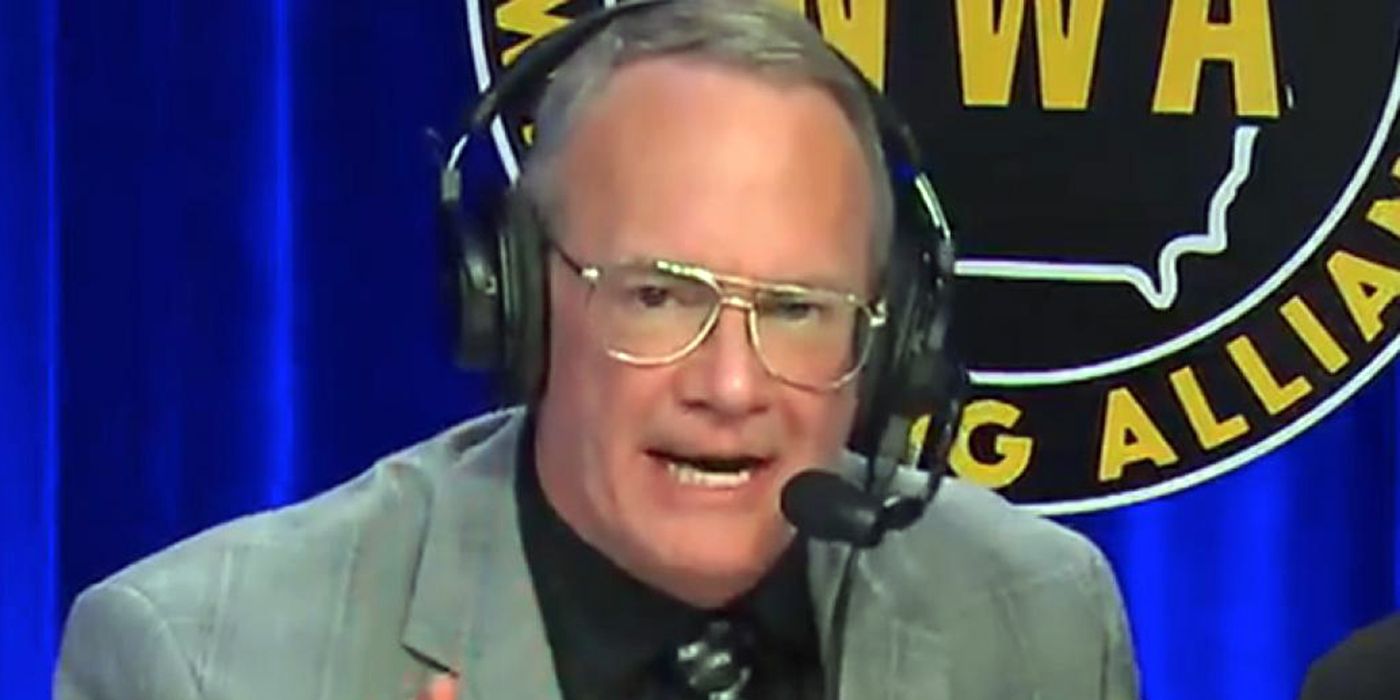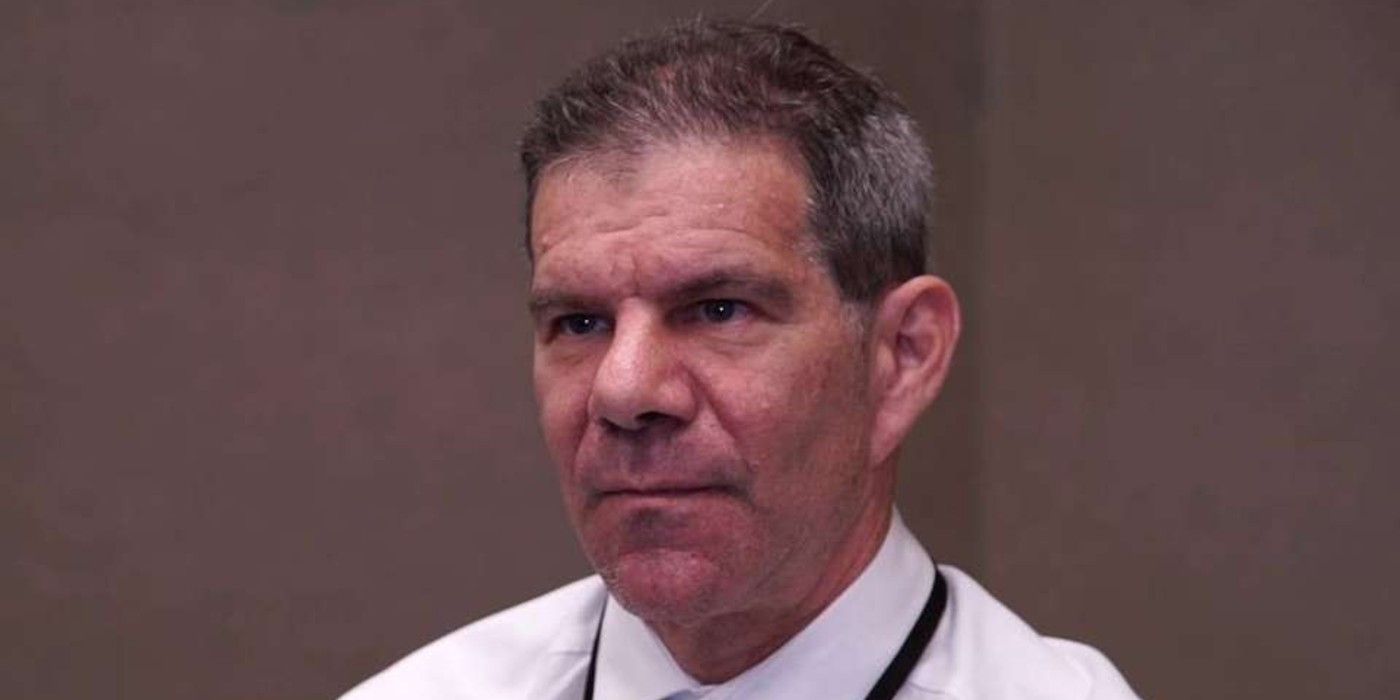It has become the widely accepted standard for rating wrestling matches: the star rating. The man most closely associated with this form of rating is Dave Meltzer, the publisher of the Wrestling Observer Newsletter. Meltzer’s ratings are often hotly debated among wrestling fans. But who actually came up with the concept?
Dave Meltzer has admitted that it was not his original idea. In fact, he got the idea while reading "Weasel’s World of Wrestling," a relatively short-lived newsletter by superfan Norman "Weasel" Dooley from Louisville, Kentucky in the late seventies and early eighties.
Who was Norman Dooley? "Weasel," as his friends called him was a childhood friend of Louisville’s most prominent wrestling personality: Jim Cornette. Norman and Jim grew up together and were both wrestling fans. While Jim found his initial calling as a photographer, Norman turned towards writing.
In his newsletter, Norman not only featured news from all over the country but he also critiqued the matches in Louisville and the entire Memphis territory. One day, Cornette was flipping through a movie guide while on the phone with Norman. The movies were rated via stars: one star meant the movie was bad, four stars meant it was great. Always quick on his feet, Cornette came up with the idea for Norman to end his critiques of each match with a star rating. And so it began.
The initial scale rated matches from one star to four stars. On March 23, 1981, the scale was expanded to five stars when Jim and Norman witnessed a wild No Disqualification brawl between Jerry Lawler and Terry Funk in Memphis’ Mid-South Coliseum. They agreed it was the wildest thing they had ever seen and thought it would never be topped.
Of course, they were wrong and the new ceiling didn’t last long. The first match that garnered six stars was "Superstar" Bill Dundee and the Dream Machine versus Wayne Ferris (the Honky Tonk Man) and Kevin Sullivan on May 26, 1981, in Louisville. The angle saw Jerry Lawler, Dutch Mantell, and the Nightmares run in and all eight men (plus manager Jimmy Hart) brawl throughout the entire arena. Only a week later, Dooley gave the resulting 2 out of 3 Falls eight-man tag team match between Lawler, Mantell, Dundee and the Dream Machine against Ferris, Sullivan, and the Nightmares six-and-a-half stars. The match was another wild brawl and went for almost an hour. All three falls ended in disqualification.
Eventually, Weasel Dooley introduced DUDs and even negative stars for especially bad matches, the worst of which holds a record that will probably never be broken: according to Cornette, a match between Plowboy Frazier, later better known as Uncle Elmer in the WWE, and Chief Thunder Cloud received “negative as many stars as there are in the Andromeda galaxy.”
The rating was obviously ridiculous - and it was meant to be. The scale was never meant to be taken seriously, but simply as a tool for others to imagine the level of excitement that the match created. On a recent edition of his Drive-Thru podcast, Jim Cornette explained the original idea: "One star meant the match kind of sucked. Two stars meant the match was about what we expected. Three stars meant it was really good. And four stars was 'they tore the house down'. It wasn't about what moves were done or how the booking was."
Unfortunately, nobody seems to know what became of Weasel Dooley. Even Cornette has long lost contact. As long as fans and experts will give wrestling matches star ratings though, his legacy will live on.



